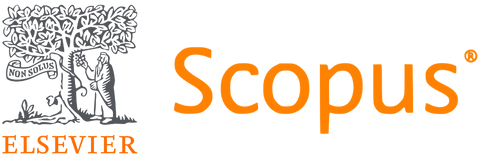The Lack of Collaboration Between Companies and Schools in the German Dual Apprenticeship System: Historical Background and Recent Data
DOI:
https://doi.org/10.13152/IJRVET.4.2.4Keywords:
VET, Vocational Education and Training, Germany, Dual System, Cooperation, Coordination, Co-construction, Survey, Teachers and TrainersAbstract
On the macro level (federal level) and exo level (state or regional level), the German Dual Apprenticeship System shows a high degree of institutionalised collaboration. However, the companies and vocational schools on the meso level (institutional level and level of the actors), in contrast, are just loosely coupled with a dominant partner (i.e., companies) and a subordinate partner (i.e., vocational schools). How and why these structures have emerged, established and stabilised is part of a complex historical, societal and economical process. The historical developmental will be elaborated in the article. The term ‘dual system’ was invented in Germany in the 1960s, and the intention was to emphasise equal responsibilities, partnership of equals, lively encounters and close collaboration between companies and schools. This vision is not yet a reality, as the presented empirical survey demonstrates. A majority of companies do not or rather seldom collaborate with ‘their’ vocational schools. 74.2% of the companies do not or seldom coordinate their work, and 93% of the companies do not or seldom cooperate with the vocational schools. The German Dual Apprenticeship System operates on the actual meso level just on the basis of less than 30% of its potentiality. The term ‘parallel systems’ seems to be more appropriate to characterise the actual situation on the meso level than the term ‘dual system’.
Downloads
Online First / Final Publication Date
How to Cite
Issue
Section
URN
License
Copyright (c) 2017 Michael Gessler

This work is licensed under a Creative Commons Attribution-NonCommercial-NoDerivatives 4.0 International License.





